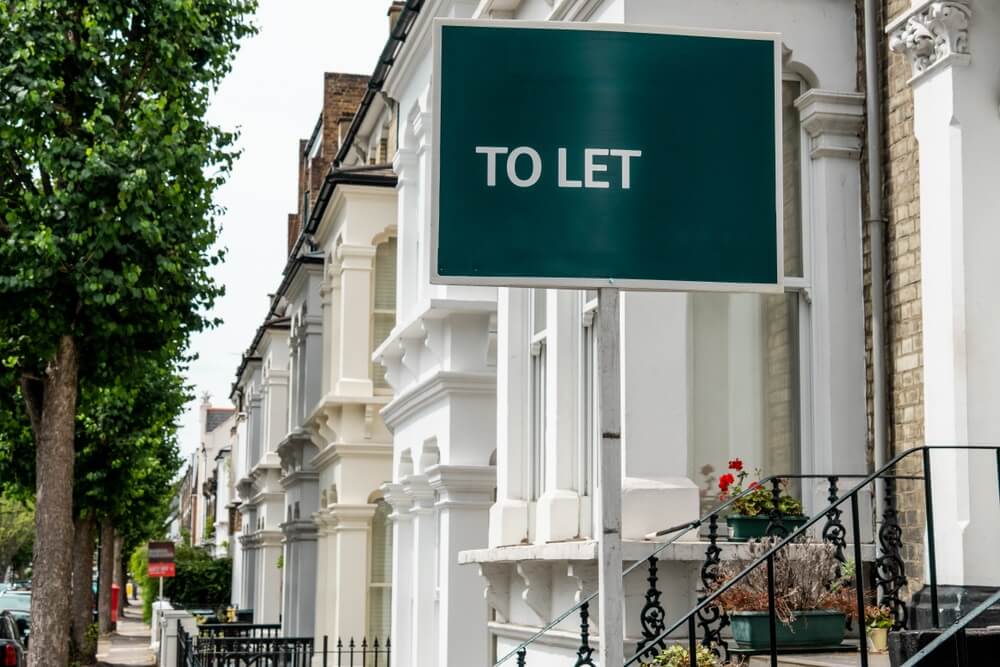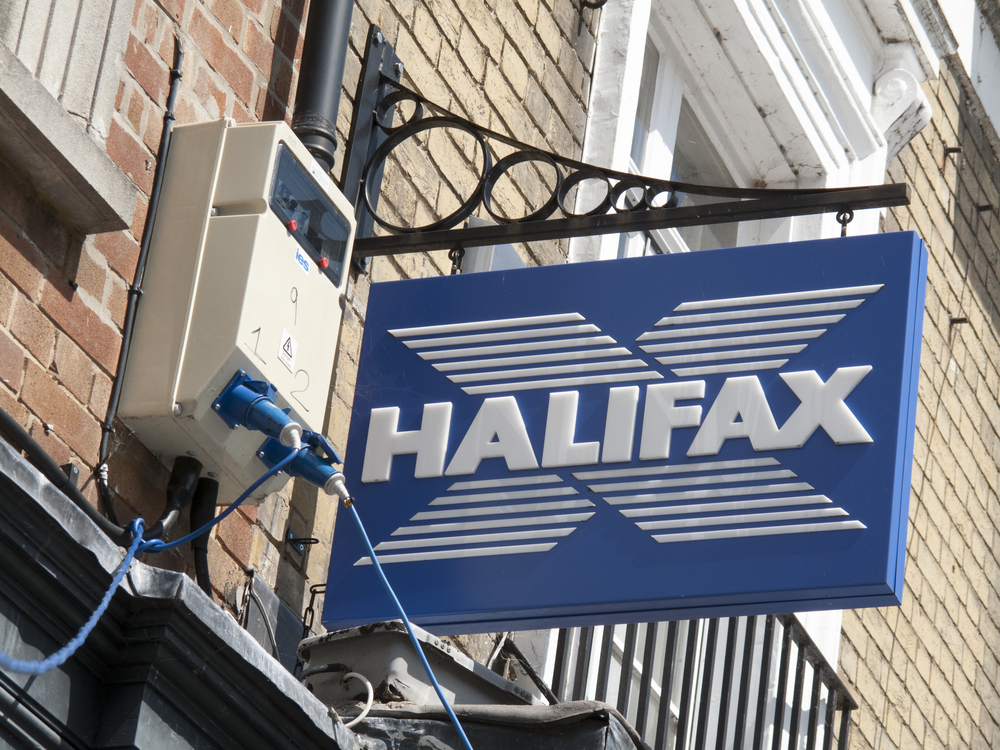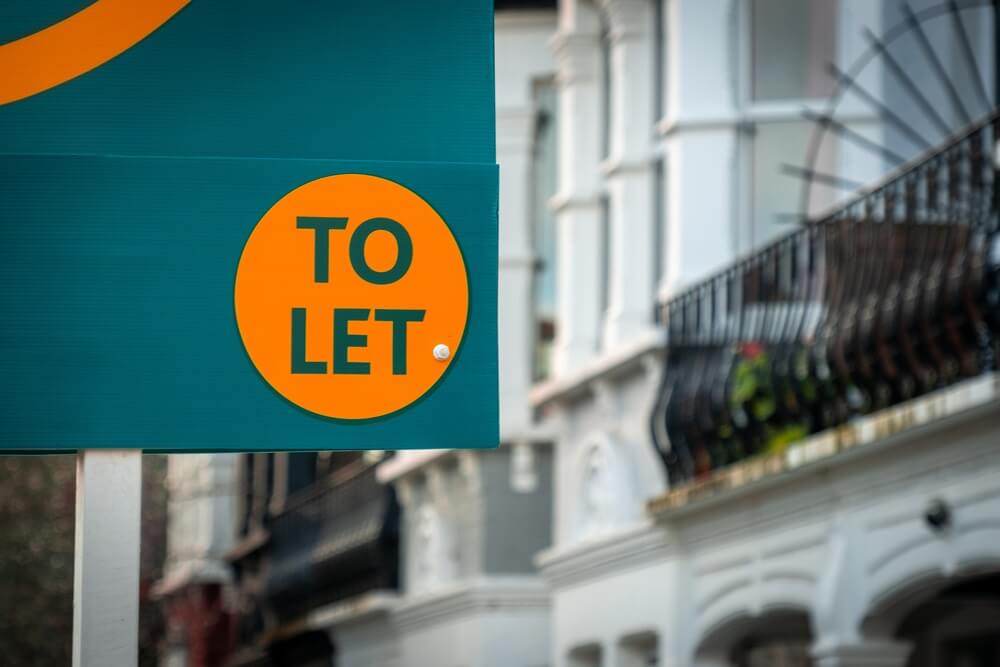Home buyers using the Help to Buy mortgage guarantee scheme (HTB2) were able to access the property ladder with average deposits of just £8,974 in September – down 3 per cent since August.
 This suggests the scheme is hitting the mark in terms of attracting less affluent buyers who are looking to purchase lower-priced first homes. The average LTV for a mortgage guarantee applicant was 94 per cent, compared with 70 per cent in the rest of the purchase market.
This suggests the scheme is hitting the mark in terms of attracting less affluent buyers who are looking to purchase lower-priced first homes. The average LTV for a mortgage guarantee applicant was 94 per cent, compared with 70 per cent in the rest of the purchase market.
The fall in average HTB2 deposit has occurred because consumers using the scheme in September opted for lower cost properties, while also making the most of the scheme’s 95 per cent maximum loan-to-value (LTV) limit.
As a result, they also borrowed less: the average HTB2 loan was £141,514 in September, 6 per cent less than August and almost £20,000 less than the typical house purchase loan in the wider market (£158,712).
Homeowners in nine months?
Smaller deposits for a Help to Buy mortgage guarantee make the burden of saving far easier for stretched first-time buyers. Applicants had an average primary income of £31,270 in September, representing £2,018 in monthly take home pay. If applicants saved 25 per cent of this pay each month, they could raise September’s average HTB2 deposit within 1.4 years – even if they had no pre-existing savings.
Potential buyers who split the deposit with a partner or friend with an equal salary would achieve this goal within nine months.
Brian Murphy, head of lending at Mortgage Advice Bureau, comments:
“The Help to Buy mortgage guarantee scheme continues to fill a void in the market in terms of affordability, offering a realistic way into the property market for buyers who are unable to save a large deposit.
“The generosity of the 95 per cent loan-to-value associated with the scheme is clearly not being abused: lower earners are using the scheme to purchase lower-priced properties and are taking on much smaller levels of debt as a result.”










 Buy-to-let
Buy-to-let











